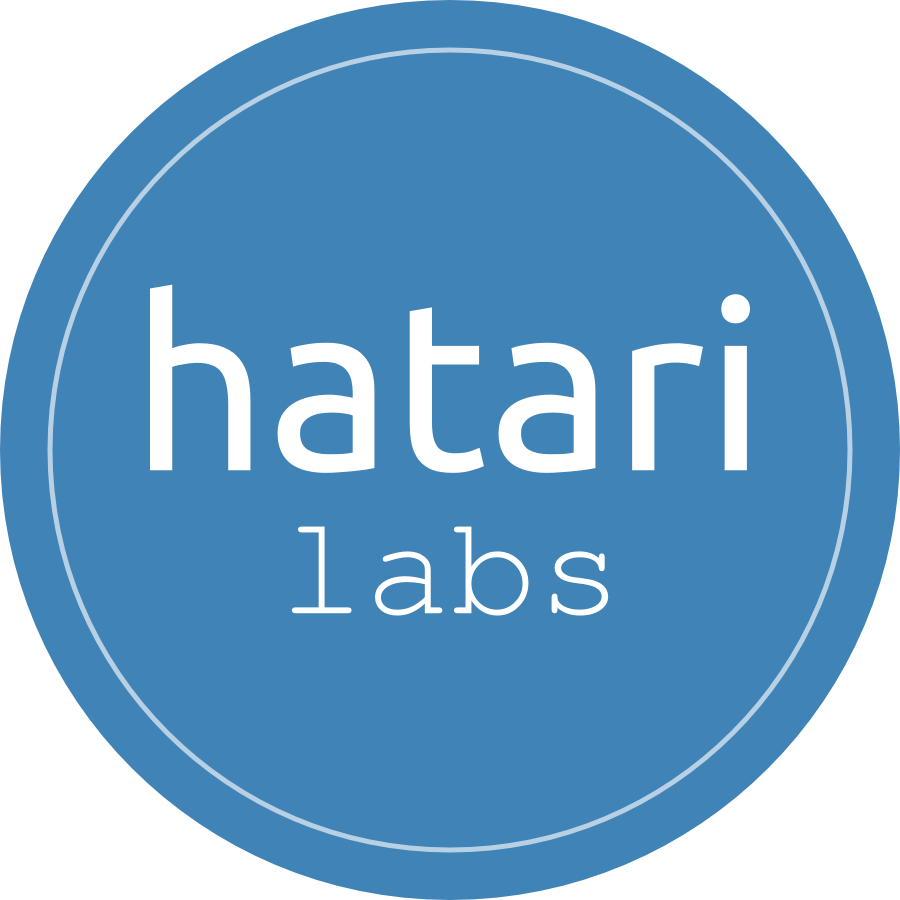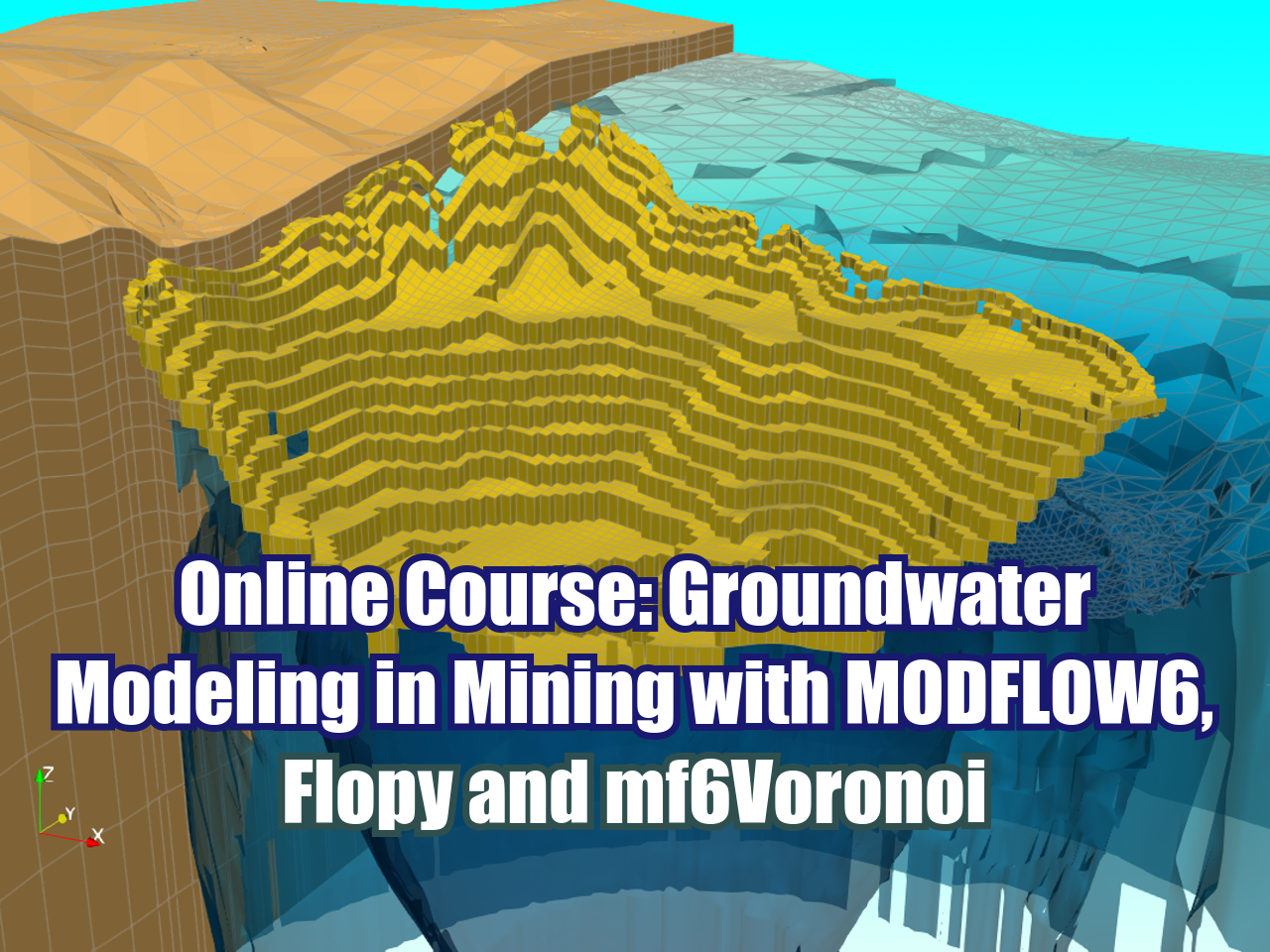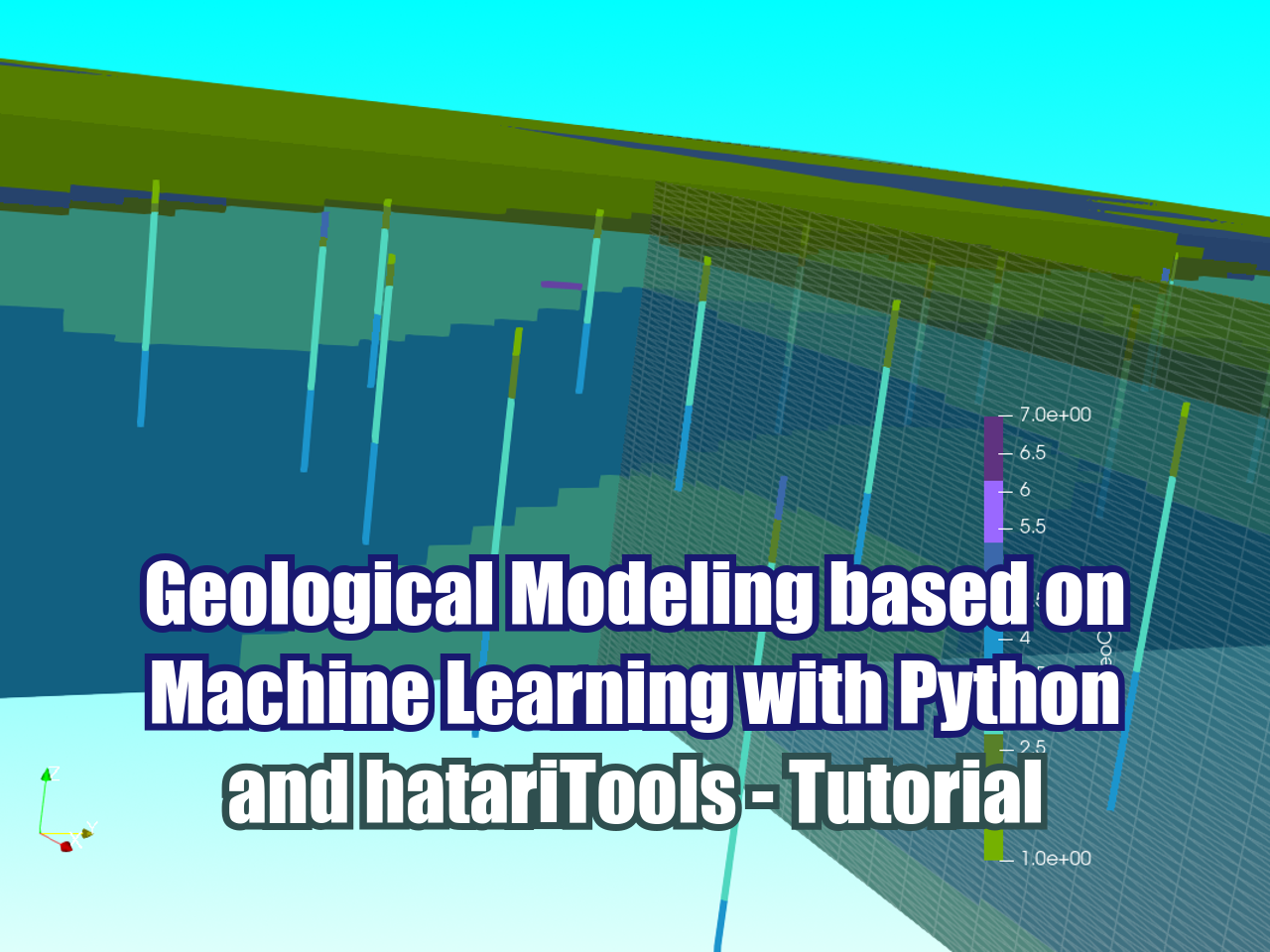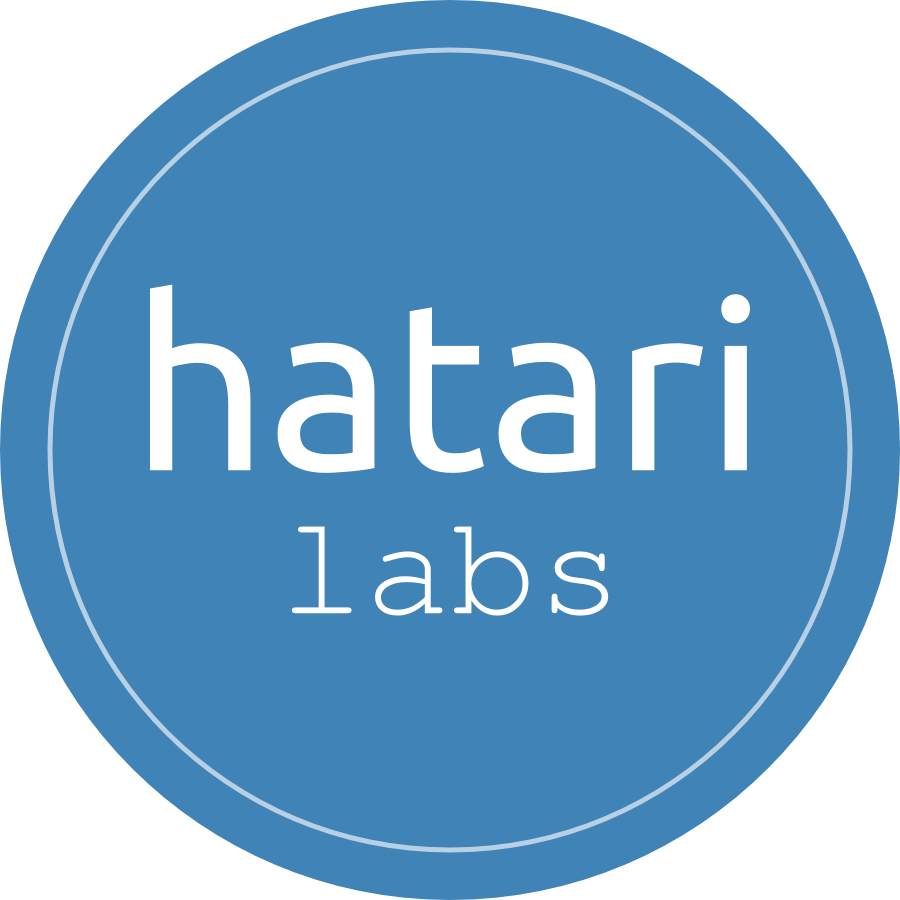Object / fluid interaction modelling with OpenFOAM - Submarine Case - Tutorial
/This tutorial will apply OpenFOAM to simulate the flow effect on submerged object using the simpleFoam solver and the k-epsilon turbulence schema. The tutorial develops the case of a submarine model against a flow current; the velocity and pressure applied on the submarine will be analyzed on the model results and flow paths will be plotted to see the main patterns around the submarine. Model output visualization is performed on Paraview that allows the representation of velocity and pressure vectors over the submarine.
Read More























